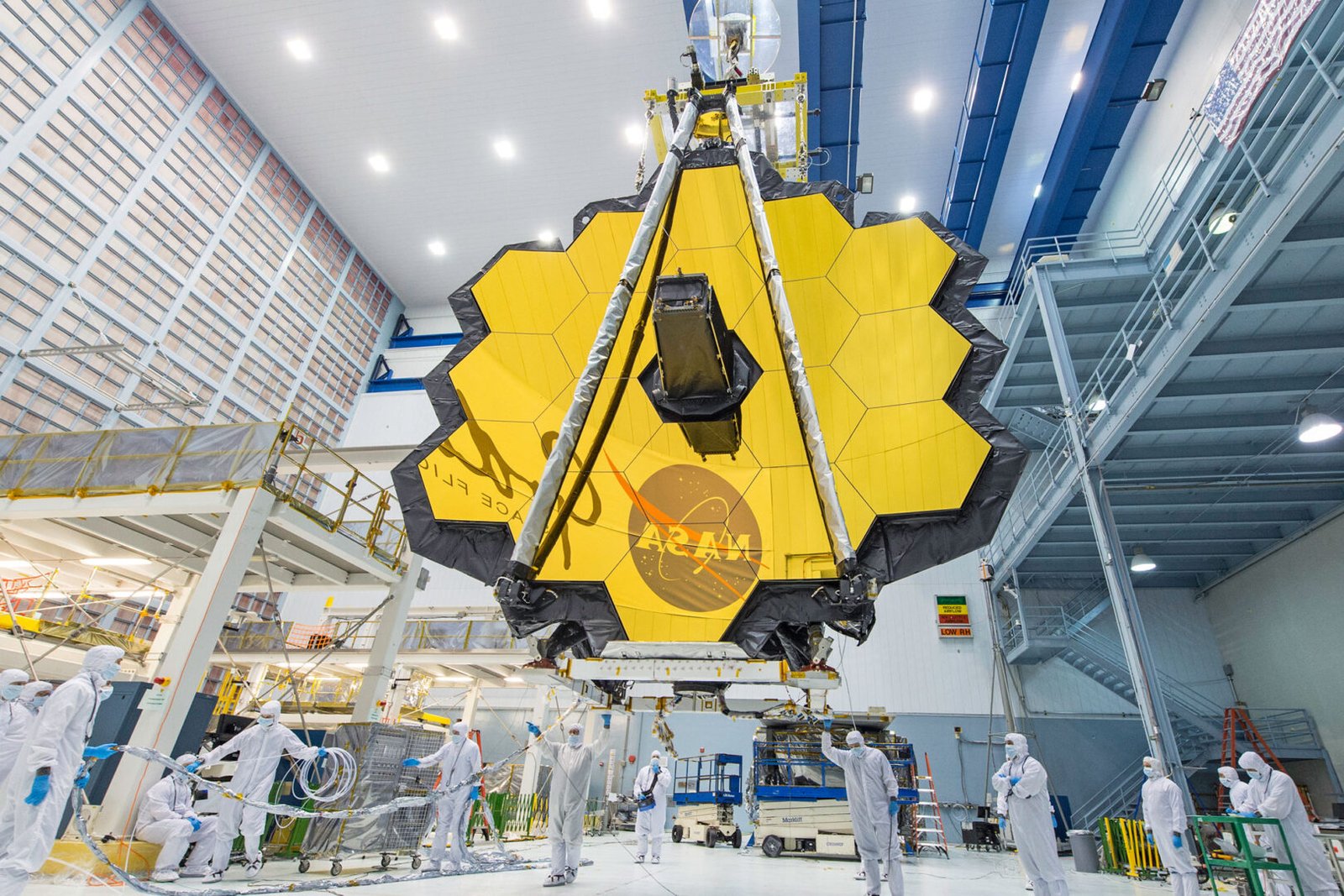Unlocking the Subconscious Mind
Imagine a world where your dreams are not just fleeting memories but visible experiences. For centuries, dream analysis relied solely on subjective recall. Today, groundbreaking advancements at the intersection of neuroscience, artificial intelligence (AI), functional magnetic resonance imaging (fMRI), deep learning, and brain-computer interfaces (BCIs) are transforming this landscape. We’re on the cusp of a new frontier where aspects of dream content can be decoded into visual data, offering unprecedented insights into the human mind. While the sci-fi vision of a “dream recorder” is still distant, the scientific groundwork being laid right now is truly remarkable.
The Scientific Foundations of Dream Decoding
The ability to translate complex brain activity into decipherable content is a monumental scientific endeavor. Recent breakthroughs have made significant strides, primarily in controlled laboratory settings.
Pioneering Research from Kyoto University and ATR
A landmark series of studies by Professor Yukiyasu Kamitani and his team at ATR Computational Neuroscience Labs and Kyoto University has laid the crucial groundwork for modern dream decoding. Beginning in 2012 and significantly refined in 2017, their research pioneered methods to link fMRI brain activity with specific dream content, validated through participants’ detailed verbal reports. This foundational work demonstrated the feasibility of decoding perceived images and broad categories from brain activity, a critical step towards understanding dream states.

The Proven Experimental Methodology
The core experimental setup involves:
- Participant Monitoring: Individuals sleep within an MRI scanner, with their brain activity meticulously monitored during both REM (Rapid Eye Movement) and NREM (Non-REM) sleep stages.
- Dream Collection: Participants are gently woken during REM sleep, the stage most associated with vivid dreaming, and immediately asked to provide detailed verbal reports of their dream content.
- AI Model Training: Researchers train sophisticated AI models to identify and associate specific brain activation patterns detected by fMRI with broad categories of objects and scenes reported in dreams, such as faces, cars, or rooms.
- Accuracy Rates: These pioneering experiments achieved an impressive 60-80% accuracy in determining whether specific categories of objects appeared in participants’ dreams, marking a significant step forward in objective dream analysis.
From Simple Reconstructions Towards More Detail
Early efforts focused on identifying discrete objects. While full, coherent dream video reconstruction remains a long-term goal, the latest research is pushing towards more complex visual interpretations from brain activity.
Hierarchical Feature Mapping for Richer Detail
In 2017, Kamitani’s group advanced their methodology by employing deep neural networks (DNNs). This allowed them to identify hierarchical visual features from brain activity, moving beyond simple object recognition to decode mid- to high-level visual characteristics. Their DNN-based approach significantly distinguished between visual categories far above chance levels, paving the way for more detailed brain activity interpretations.
Towards More Complex Visualizations
Current research is exploring methods for reconstructing more complex visual information from brain activity. However, fully coherent, dynamic dream videos from fMRI are not yet a reality as of mid-2024. While models like Dynadiff and concepts like “video-narrative reconstructions” are areas of active research, these are primarily theoretical frameworks or early-stage models for perception data (what someone is seeing while awake) rather than direct, accurate reconstruction of dynamic dream content. The ability of AI models (like Stable Diffusion) to generate realistic video-like outputs is an exciting development, but directly linking these to the specific, dynamic content of a person’s dream with high fidelity remains a significant challenge.
Latest Advances: Beyond Simple Visuals
Mid-2024 is witnessing impressive progress in decoding more than just visual categories, venturing into the semantic and emotional aspects of brain activity, albeit with ongoing limitations.
“DreamNet”: Decoding Semantics and Emotional Aspects (Research Frontier)
Emerging research, conceptually referred to as “DreamNet” (or similar efforts), is exploring how transformer-based architectures, sometimes combined with REM-stage EEG data, might decode not only the semantic content of brain activity but also its emotional tone. While these are promising avenues, achieving very high accuracy (e.g., 90%+) in general emotional decoding from dream EEG data alone is extremely challenging and has not been widely demonstrated in peer-reviewed studies as of mid-2024. Such high accuracy might be plausible in very specific, narrow datasets or with highly integrated fMRI/EEG hybrid systems in ideal lab conditions for perception data, but applying it broadly to the nuanced and subjective nature of dream emotion remains an active research frontier.
General-Purpose fMRI-to-Text Decoders: MindLLM (Limited Generalization for Dreams)
Models like MindLLM represent a significant leap forward in general-purpose fMRI decoding, translating fMRI signals into coherent text from awake, task-based brain activity. While these models show strong generalization across different subjects and cognitive tasks, interpreting intentions and emotions from dreams at a detailed, subject-general level is still extremely difficult and not broadly validated across populations. Applying these powerful tools to the unique and often fragmented nature of dream states is an ongoing challenge that scientists are actively working to overcome.
Accuracy and Current Limitations in Dream Decoding
While the progress is astonishing, it’s crucial to understand the current capabilities and inherent limitations. The popular media often sensationalizes these breakthroughs, so it’s important to differentiate between current reality and future aspirations.
What We Can Currently Interpret
- Category Detection: We can reliably detect broad categories (e.g., “a car,” “a building,” “a person”) with 60-80% accuracy in controlled lab settings. This means a system can tell if something broadly related to a car was present, not necessarily the specific make or model.
- Rough Visuals: Reconstructions from perception data provide rough visual outlines and contexts but currently lack vivid colors, intricate textures, or continuous motion. Dream reconstructions are even more primitive, often just indicating the presence of an object type.
- Asymmetric Performance: The technology performs more reliably on higher-level conceptual features (what kind of object) than on low-level visual details (its exact shape, color, or texture), which are still challenging to accurately reconstruct. This is akin to knowing you dreamed of an animal, but not whether it was a dog or a cat, let alone its specific breed or markings.
Current Technical Challenges
- Equipment: fMRI technology requires bulky, expensive scanners and highly controlled laboratory environments. It is not portable, and no existing consumer-grade device can accurately decode dreams in real-time outside of a lab. While EEG is portable, it offers far less spatial accuracy for deep brain activity than fMRI, making detailed visual decoding difficult.
- Temporal Resolution: The temporal resolution of fMRI data remains coarse, meaning that brain activity is averaged over several seconds. This makes it challenging to capture rapid, fleeting dream events, which often unfold quickly and change frequently.
- Scalability of Sleep Studies: Conducting sleep studies demands repeated awakenings of participants, which can be disruptive to natural sleep cycles and inherently limits the scalability and naturalness of research. Getting sufficient, high-quality dream reports and corresponding brain data is a bottleneck.
Profound Implications and Future Applications
The implications of brain decoding span various fields, from mental health to entertainment and crucial ethical considerations, even in its current, primitive form. While the technology is nascent, proactive discussions about its potential are vital.

Revolutionizing Mental Health and Therapy
- Objective Insights: Dream content analysis, even if broad, offers objective insights into debilitating conditions such as PTSD nightmares and recurring dream patterns, providing a partial window into the subconscious mind that was previously unavailable. Imagine identifying common thematic elements in recurring nightmares that traditional therapy might miss.
- Potential for AI-Driven Support: There is long-term potential for AI-driven therapeutic support, where decoding technologies could, in the future, be integrated with sleep interventions to potentially mitigate negative dream content and promote healing. This could range from subtle auditory cues during sleep to more targeted dream modification strategies, always with careful ethical oversight.
Enhancing Creativity and Entertainment
- Artistic Inspiration: As decoding capabilities improve, artists and creators may eventually be able to tap into their subconscious mind, mining their dreams for unique conceptual inspiration. Imagine a painter directly accessing vivid, complex dreamscapes for their next masterpiece.
- Future Immersive Experiences: The future could see the emergence of highly immersive, dream-inspired entertainment experiences or entirely new forms of gaming that draw on brain activity, creating personalized and deeply engaging content. This could go beyond current virtual reality, connecting directly with a user’s internal mental states.
Addressing Ethical and Privacy Concerns
The ability to access and interpret any aspect of brain activity raises profound ethical dilemmas that demand immediate attention:
- Sensitive Personal Data: Brain data, including dream content, is inherently sensitive and deeply personal. It’s the ultimate private space. This leads to urgent “dream privacy” issues: Who owns your dreams? Can they be subpoenaed?
- Risks of Misuse: There is a significant risk of misuse, including potential for manipulation, surveillance, or unauthorized access to an individual’s private thoughts and emotions. For instance, could this data be used for targeted advertising or even influencing thoughts? Could law enforcement use it without consent? The very idea is a chilling prospect.
- Neuro-Rights: The development of robust regulatory frameworks for “neuro-rights” will become essential to protect individuals’ mental privacy, cognitive liberty, and the right to mental integrity. These concerns are not hype; they are spot-on and becoming increasingly urgent as brain decoding advances. Proactive legislative and ethical discussions are crucial to prevent future abuses.
Key Takeaways from Dream Decoding Research
- Dream Decoding is Real (in a primitive form): Modern fMRI and AI techniques have demonstrably detected and interpreted broad dream categories with modest accuracy, primarily in controlled lab settings. It’s early days, but the scientific foundation is solid.
- Progress is Rapid (but with limits): The field is evolving quickly, moving towards more complex visual and semantic interpretations of brain activity. However, visualizing or narrating full dreams like a movie is still science fiction, though scientific advancements are accelerating.
- Not a Sci-Fi Camera Yet: The technology is not yet capable of fully immersive, high-fidelity dream playback; this remains a future goal. No consumer-grade device can accurately decode dreams in real time or outside of a specialized lab.
- Ethical Guardrails Are Crucial: Given the sensitive nature of personal mind data, robust ethical frameworks and regulations are urgently needed to ensure responsible development and use. This isn’t just about what we can do, but what we should do.
State of Dream Decoding (Mid-2024 Overview)
| Capability | Current Status (Mid-2024) | Future Direction (Projected) |
| Category Detection | 60–80% accuracy (e.g., “car”, “face”) in lab settings. | Improved to 90%+ accuracy with deeper AI integration and larger datasets. |
| Hierarchical Visual Features | Reliable at mid/high levels using DNNs for perception. | Enhanced fidelity, richer detail, and improved temporal decoding for dream content. |
| Static Imagery Reconstruction | Coarse grayscale outlines from perception data. Very limited for dream data. | Significantly better detail, color, texture, and motion continuity via advanced diffusion models (long-term goal for dreams). |
| Semantic & Emotional Decoding | Early research into broad semantic/emotional inference from perception data. High accuracy claims for dreams using only EEG are speculative. | Expansion to broader dream themes, narrative understanding, and reliable emotional nuances from dream data. |
| Real-time/Portable Systems | Primarily laboratory-based fMRI setups. EEG is portable but less spatially accurate for deep brain activity. | Transition to wearable, non-invasive EEG/fNIRS hybrid devices for real-time monitoring (long-term goal). |
Getting Ahead: Strategic Directions Moving Forward
To responsibly advance this transformative field, key strategies include:
- Research Focus: Continuously monitor and invest in tools like fMRI-to-text decoders for their potential in understanding non-visual brain activity, including conceptual and emotional aspects. The future of understanding dreams might lie beyond just visual reconstruction.
- Clinical Trials: Actively explore and integrate these technologies into clinical trials, particularly for conditions like PTSD, and for developing novel brain-computer interface applications that could offer tangible benefits to patients.
- Ethical Frameworks: Advocate vigorously for the establishment of comprehensive neuro-rights, clear regulatory guidelines, and robust informed consent protocols to protect individuals’ mental privacy. This is paramount.
- Emerging Technologies: Keep a close watch on the rapid advancements in AI models, understanding their current capabilities and limitations, especially when applied to complex, subjective phenomena like dreams. Distinguishing hype from reality is crucial.
- Public Engagement: Foster open public discourse through forums and debates to proactively shape acceptable usage norms and prevent potential misuse before widespread commercialization. Society needs to decide together how these powerful tools should be used.
Peering into the Subconscious
The era of decoding aspects of brain activity is no longer confined to science fiction; it is a rapidly accelerating reality. With verified progress in broad visual reconstruction and the exploration of semantic and emotional interpretation, the synergy of neuroscience and AI is breaking new ground. While significant technical and ethical challenges persist, and full dream visualization remains a future goal, this fusion holds immense, transformative potential for mental health, creative expression, and a deeper understanding of the human self.


